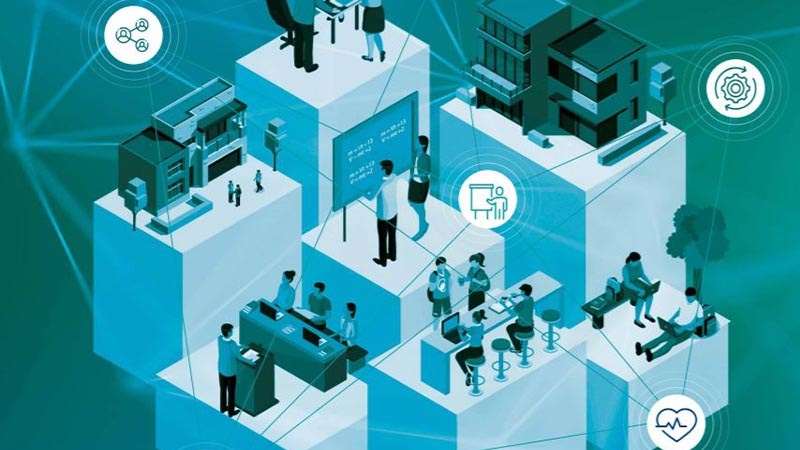I called the E-Learning Tipping Point in 2017, as respected Australian universities started offering credit towards degrees for online learning. The Vector Consulting report argues that campuses are changing due to COVID-19, with fewer people, more "experiential", promotion of "health" and space for industry partners. However, this was happening long before. Universities were replacing lecture theaters with flat floor flexible internet equipped classrooms. There were new entertainment, sport and dining facilities installed. Students were studying more online than on campus.
An example of this new campus is ANU's Kambri development, opened in 2019, with flexible classrooms, reconfigurable lecture theaters, bars, a gym and swimming pool. The nearby computing building opened a few years before has offices for the Defence Department collocated.
The strategy the report recommends is to first get a secure digital platform, then apply a digital first strategy, apply campus master planning and make use of industry partnerships. The timescale proposed is 18 months, but I suggest any university which is not already doing these things is unlikely to be still in business in 18 months time.
It would be unwise to over-invest in one overall digital platform, as resilience comes from having multiple platforms and layers. At the extreme, a university doesn't need any campus, or any digital, infrastructure of its own, being able to use whatever the staff and students carry around in their pockets. In practice there are likely to be new infrastructure needed as technology and requirements change. Even if many staff still have offices, they may not need telephones, or computers on their desks.

No comments:
Post a Comment